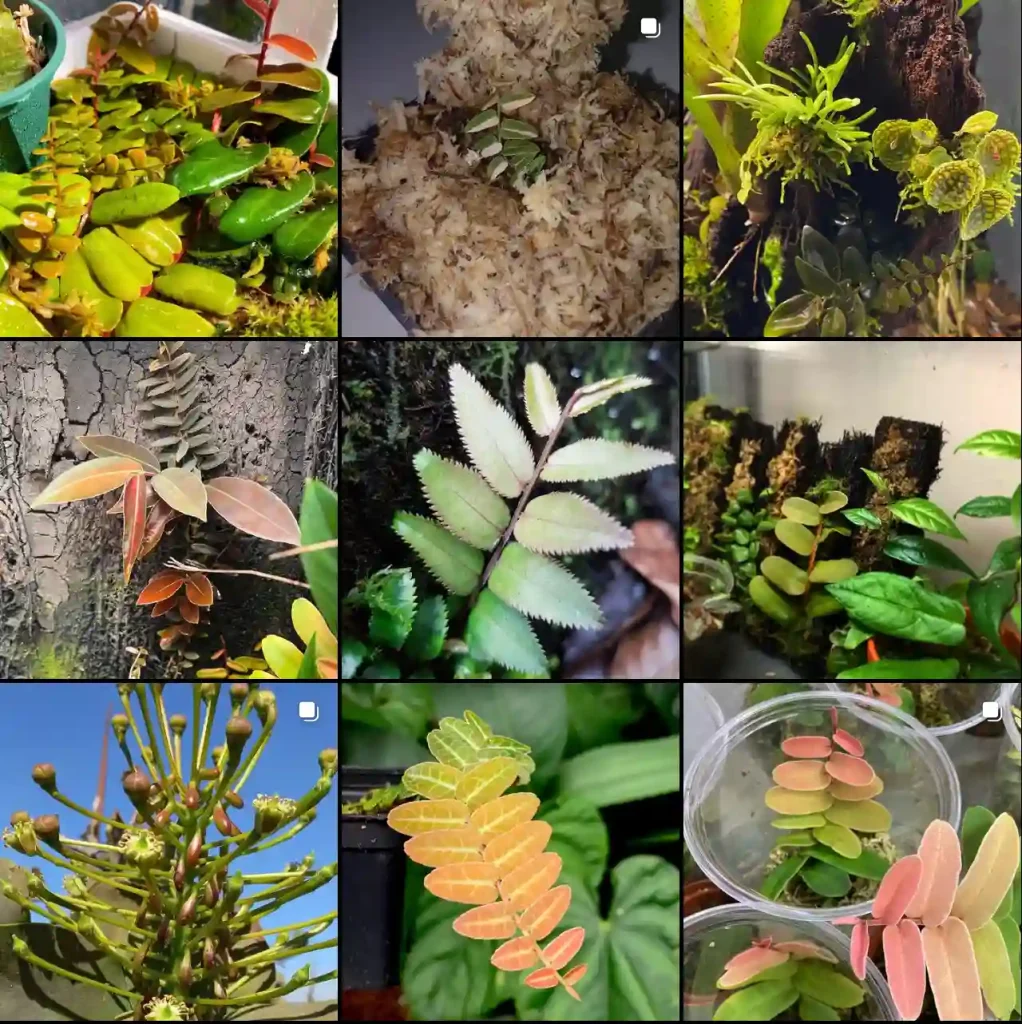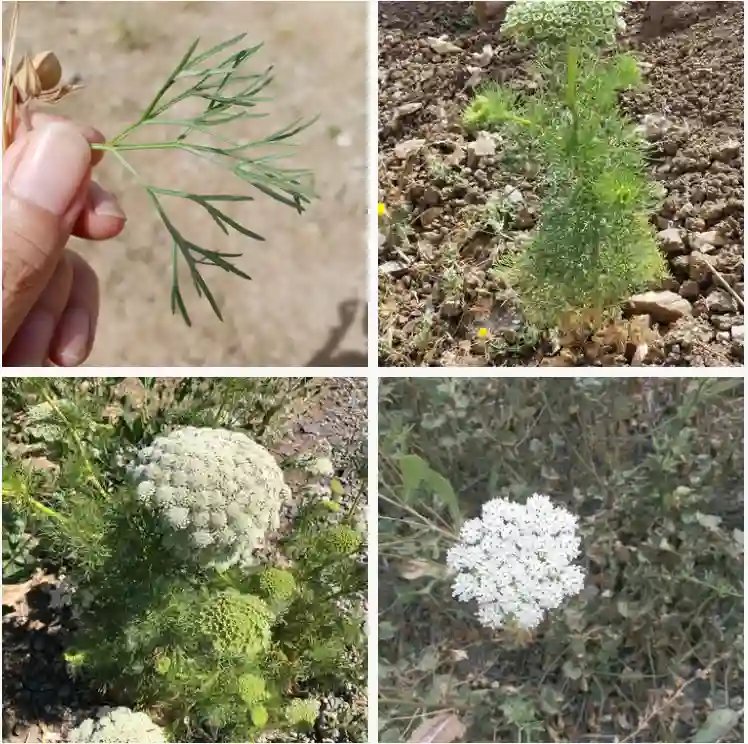My Fascination with Phalaris
As a botanist, I’ve always been drawn to the diversity and complexity of the plant kingdom. One genus that has particularly piqued my interest is Phalaris, a group of grasses commonly known as canarygrass. These plants belong to the Poaceae family, while often overlooked, possess a unique blend of biological, ecological, and even cultural significance.
A Diverse Genus
Phalaris encompasses a variety of species, each with its own distinct characteristics:
- Phalaris arundinacea (Reed Canarygrass): This robust, perennial grass thrives in wetland environments and is known for its ability to form dense stands. Its adaptability and hardiness make it a valuable forage crop and a popular choice for erosion control.
- Phalaris aquatica (Harding Grass): Originally from the Mediterranean region, this perennial grass is now cultivated worldwide as a pasture grass. Its drought tolerance and high nutritional value make it an important agricultural resource.
- Phalaris canariensis (Canary Grass): Perhaps the most recognizable species, canary grass is cultivated for its seeds, which are a primary food source for caged birds. Its distinctive seed heads, resembling miniature wheat spikes, are a familiar sight in bird feeders.
- Phalaris minor (Littleseed Canarygrass): This annual grass is often considered a weed in agricultural settings, but it also plays a role in traditional medicine in some cultures.
- Phalaris amethystina Trin.
- Phalaris angusta Nees ex Trin.
- Phalaris brachystachys Link
- Phalaris californica Hook. & Arn.
- Phalaris caroliniana Walter
- Phalaris coerulescens Desf.
- Phalaris × daviesii S.T.Blake
- Phalaris lemmonii Vasey
- Phalaris lindigii Baldini
- Phalaris maderensis (Menezes) Menezes
- Phalaris paradoxa L.
- Phalaris peruviana H.Scholz & Gutte
- Phalaris platensis Henrard ex Wacht.
- Phalaris rotgesii (Husn.) Litard.
- Phalaris truncata Guss. ex Bertol.
Ecological Significance
Phalaris species play a vital role in their respective ecosystems. They provide food and habitat for a variety of wildlife, including birds, small mammals, and insects. Their extensive root systems help to stabilize soil and prevent erosion, particularly in riparian areas. However, some species, like Phalaris arundinacea, can become invasive in certain environments, outcompeting native plants and altering habitat structure.
Alkaloid Content
One of the most intriguing aspects of Phalaris is the presence of alkaloids in some species. These naturally occurring compounds can have psychoactive effects and have been used in traditional medicine and religious practices for centuries. However, it’s important to note that the alkaloid content varies significantly between species and even within individual plants. This variability, coupled with the potential for toxicity, makes it crucial to exercise caution when handling or consuming any part of these plants.
My Research
My current research focuses on the genetic diversity of Phalaris arundinacea. I’m particularly interested in understanding how this species has adapted to different environmental conditions and how this adaptation is reflected in its alkaloid profile. By analyzing the genetic makeup of various populations, I hope to shed light on the evolutionary history of this fascinating grass and its potential applications in biotechnology and medicine.
The Future of Phalaris
Phalaris holds promise for a variety of applications. Its potential as a biofuel source is being explored, and its use in phytoremediation – the use of plants to remove pollutants from the environment – is also under investigation. Furthermore, research into the medicinal properties of its alkaloids may lead to the development of new treatments for various ailments.
As I continue my exploration of the Phalaris genus, I am constantly amazed by its adaptability, resilience, and complexity. This unassuming group of grasses has much to offer, and I believe that further research will reveal even more of its secrets and potential benefits.
If i die, water my plants!



